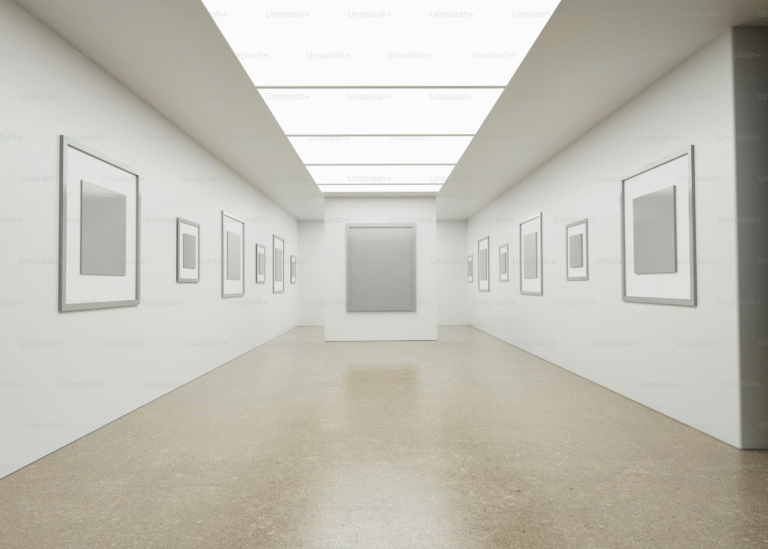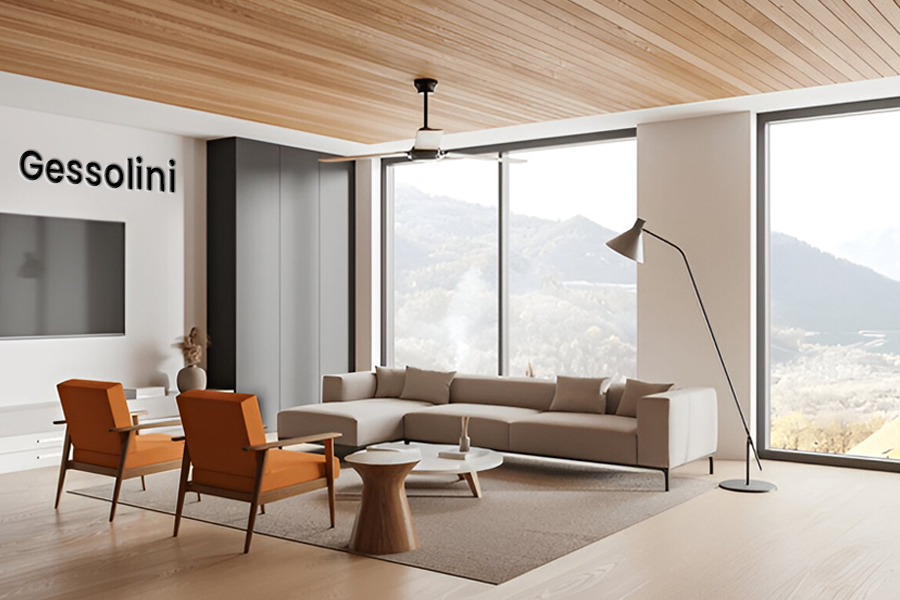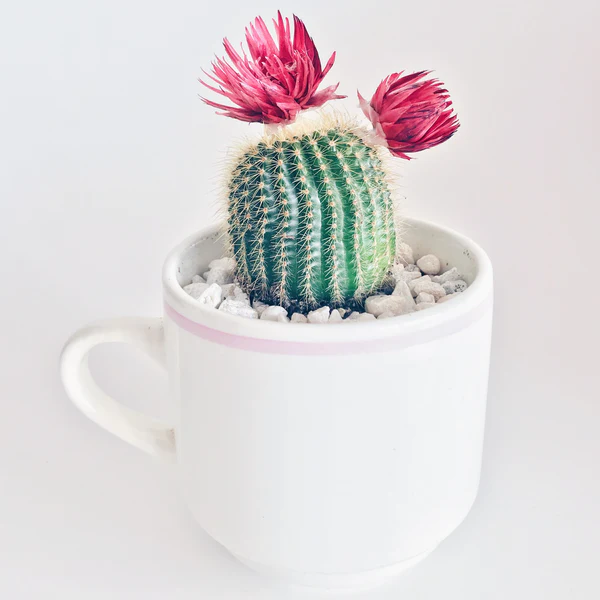Gessolini: The Definitive Guide to Its Heritage, Craft, and Influence
Gessolini stands as a term with multiple interpretations: a decorative art method, a niche fashion identity, and an aesthetic philosophy. In this guide, we define gessolini, trace its origins, explain techniques, cover applications (interior design, fashion, art), explore stylistic principles, and present deep FAQs. We aim to deliver a 2,000+ word resource that combines authority, clarity, and SEO strength.

What Is Gessolini? Definition & Etymology
-
Definition: Gessolini is a refined decorative technique or design approach built on layered plaster, texture, and subtle relief motifs.
-
Etymology: The word blends gesso (Italian for plaster or chalk) + diminutive suffix “-lini”, implying delicate plaster work or small-scale relief.
-
Conceptual scope: Gessolini may refer to interior finishes (walls, moldings), bespoke art pieces, or design style traits applied to fashion, product surfaces, or architecture.
Historical Roots & Evolution
Origins in Plastercraft
Gessolini’s ancestors lie in Renaissance plaster relief, fresco foundations, and decorative stucco. Classical artisans used gesso layers and pigment washes to craft relief motifs in palaces and churches.
Transition to Modern Aesthetics
Over centuries, gessolini techniques evolved. Designers and decorators incorporated minimalism, muted color pallets, and contemporary materials (cement, synthetic plaster) to reinterpret traditional surfaces in modern settings.
Cross-disciplinary Expansion
Today, gessolini extends beyond walls into fashion textures, digital art overlays, and product surfaces. The term now connotes an aesthetic: subtle depth, tactile presence, and restrained ornamentation.
Core Techniques & Material Composition
Materials & Additives
Gessolini finishes typically incorporate:
-
Gypsum or acrylic plaster base
-
Marble dust, silica powder for fine grain
-
Natural pigments or mineral washes
-
Additive binders for flexibility (e.g. polymers)
Layering & Relief Process
-
Base coat: Smooth plaster layer to level surface
-
Second coat: Intermediate plaster mixed with filler
-
Texturing layer: Carved or impressed designs
-
Wash or glaze: Thin pigment wash to enhance shadows
-
Protective sealer: Transparent resin or wax
Relief Methods
-
Direct carving with spatulas, brushes
-
Imprinting molds into semi-wet plaster
-
Sgraffito — scratching through layers to reveal undercolor
-
Stencil-aided relief patterns
Surface Finishes
-
Matte or eggshell for subtle light play
-
Soft sheen glazes for elegance
-
Low sheen metallic wash over relief for accent
Applications Across Domains
Interior Design & Architecture
Gessolini serves as decorative wall panels, ceiling medallions, niche backdrops, column detailing, furniture veneers, and accent pieces. It integrates with plaster molding systems or stands alone as feature art walls.
Artistic Works & Installations
Artists craft freestanding relief panels, bas-relief sculptures, gallery panels, and mixed media works one can touch and view. Gessolini surfaces add tactile complexity to art.
Fashion & Accessories
Designers may embed gessolini-inspired textures into leather, textiles, embossing, or molded jewelry backs. The touchable relief provides interplay of light and shadow.
Product & Surface Design
Premium makers use gessolini surfaces on luxury packaging, decorative boxes, tabletops, or ceramics, giving brand identity through tactile surface detail.
Stylings, Variants & Design Language
Styles of Gessolini
-
Minimal Gessolini: Bare relief forms, subtle patterning, neutral palette
-
Ornamental Gessolini: Baroque motifs, scrolls, floral relief, deeper contrast
-
Hybrid Gessolini: Mix of modern and classical elements, e.g. geometric and Arching reliefs
Color & Light Strategy
-
Use monochrome neutrals (ivory, stone, clay) to emphasize texture
-
Apply gradual washes to bring out shadows
-
Employ directional lighting (wall grazing) to enhance relief
Compositional Principles
-
Maintain negative space to avoid visual clutter
-
Use hierarchy in relief depth (foreground vs background)
-
Align relief direction with natural light sourcing
Gessolini Styles vs. Use Cases
| Style Variant | Typical Use Case | Relief Depth | Recommended Palette |
|---|---|---|---|
| Minimal Gessolini | Modern living rooms, galleries | Shallow (1–2 mm) | Ivory, soft taupe, ash |
| Ornamental Gessolini | Classical estates, boutique interiors | Medium (2–5 mm) | Cream, warm white, pale gold |
| Hybrid Gessolini | Boutique retail, hospitality | Mixed depth | Muted pastels, grays, stone |
| Furniture/Accent Gessolini | Cabinets, doors, boxes | Low to mid relief | Soft contrasts, accent tones |
Workflow: Implementing Gessolini in a Project
Step-by-Step Process
-
Concept & sketching: Create relief pattern drawings or stencils
-
Substrate prep: Ensure wall or panel is smooth and stable
-
Apply base plaster coat
-
Intermediate leveling coat
-
Relief application (stencil, carve, mold)
-
Drying and curing
-
Wash, glaze, or patina for depth
-
Seal with protective finish
-
Install ambient lighting to highlight texture
Quality Control & Inspection
-
Uniform thickness across substrate
-
Edges crisp, no unsightly ridges
-
Even wash application, no blotches
-
Adhesion test for sealer
Maintenance & Repairs
-
Mild cleaning, soft sponge
-
Touch-up washes in low areas
-
Re-sealing after several years
Benefits & Value Proposition
-
Enhances spatial richness without heavy decor
-
Adds tactile and visual sophistication
-
Bridges classic tradition and contemporary minimalism
-
Works in neutral decor to avoid trend fatigue
-
Accessible to artisans and designers alike
Challenges & Mitigation
-
Cracking over time
-
Use flexible binders, proper curing, control joints
-
-
Debris accumulation in crevices
-
Regular dusting, sealed surfaces
-
-
Inconsistent lighting undermines texture
-
Use wall grazing or directional LED lighting
-
-
Moisture damage (in damp areas)
-
Use water-resistant formulations and sealers
-
Frequently Asked Questions (FAQs)
Q1: Is gessolini only appropriate for luxury homes?
No. Gessolini can scale—from subtle accent pieces in minimal homes to grand decorative walls in premium estates—by adjusting relief depth and complexity.
Q2: Can gessolini be applied over existing paint or wallpaper?
It’s best applied on properly prepped plasterboard or bare walls. Over existing layers may lead to adhesion problems unless primed and leveled.
Q3: How durable is gessolini in humidity or bathrooms?
With modern polymer-enhanced mixes and quality sealing, gessolini can work in bathrooms and humid zones; proper ventilation is essential.
Q4: How long does a gessolini wall installation take?
A moderate accent wall (~3×3 m) typically requires 3 to 5 days (surface prep, layering, relief, finish). Larger or highly ornate panels take longer.
Q5: Can gessolini finishes be painted or changed later?
Yes. The relief can be overcoated with compatible paints or washes. However, changing deep contrasting washes may require re-washing.
Q6: Do I need a specialist artisan?
Yes and no. Simple reliefs may be handled by skilled plasterers, but advanced patterns or art installations often demand a specialist gessolini artisan.
Design Inspirations & Use Cases
Top 6 Design Inspirations for Gessolini
-
Ceilings with radial relief motifs converging to a center
-
Vertical textured feature stripes behind bed headwalls
-
Framed gessolini panels as decorative “art walls”
-
Relief door panels on wardrobes or interior doors
-
Column cladding with classical relief and pilasters
-
Furniture insets (cabinet fronts, drawer faces, tabletops)
Use Cases by Sector
-
Residential: foyer walls, living feature walls, bespoke furniture
-
Hospitality: luxury lobbies, spa walls, boutique hotel suites
-
Retail: brand walls, display niches, visual merchandising panels
-
Corporate: executive offices, boardrooms, entrance atriums
-
Cultural Spaces: museum installations, galleries, exhibition walls
Philosophical & Aesthetic Principles
Gessolini encourages a design philosophy of “quiet presence”: a surface that suggests, not shouts. It values texture over color, depth over pattern noise, and light interplay over flat imagery. In many ways, gessolini aligns with wabi-sabi sensibilities—the beauty in imperfection and subtle detail.
Learn More: Colours Beginning with D: The Complete Designer’s Guide
Neogenian Triskel: Complete Guide to Symbolism, Origins, and Modern Relevance
Conclusion
Gessolini merges centuries-old plaster artistry with contemporary minimalism. It offers tactile depth, refined aesthetics, and adaptability across interiors, art, fashion, and product design. When properly executed, it elevates any surface into a layered narrative of light, shadow, craft, and space. With careful technique, choice of materials, and lighting strategy, gessolini is no niche novelty—it’s a lasting design language.







